Graham Reid | | 2 min read
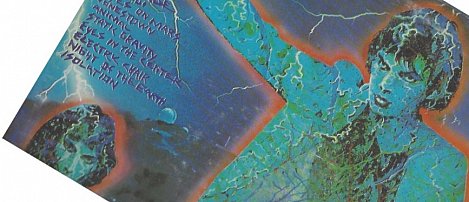
The British press didn't really get Red Exposure – or even Chrome – when this album came out, which is surprising because in that exciting post-punk period they'd already had Pere Ubu, The Pop Group, Rip Rig and Panic, This Heat, The Slits and others out of left-field.
But Chrome from San Francisco – founded by Damon Edge and here with Helios Creed on their fifth album and major label debut on Beggars Banquet, distributed by WEA in New Zealand – left some in the British media non-plussed if not bewildered.
Melody Maker had equivocated by describing their third album Half Machine Lips Move as “bleak industrial music with a heart, experimental anti-pop with a beat, somewhere off at a wild tangent to PIL”.
Edge – who went to art school -- told the paper's Paul Tickell, “We're into creating visual pictures with sound. The film starts to create itself, we do the music. You see the visuals, colours that are inspired by senses other than that of sight.
“We call it 3-D or chromothesia”.
There's a certain gloom which covers the album, notably on the downright eerie voices and stentorian beat of Jonestown which comes with swathes of dark and menacingly slow synths and their archetypal processing of vocals to render them almost incomprehensible.
That said there's also the weird pop of Electric Chair which sounds like Prince electro-funk run as re-imgained by Devo.
And Animal (“I like the way you got the beat with me tonight, you're so tight, singing wire, heart on fire. Animal, animal”) which is a concise slice of damaged pop for the dancefloor.
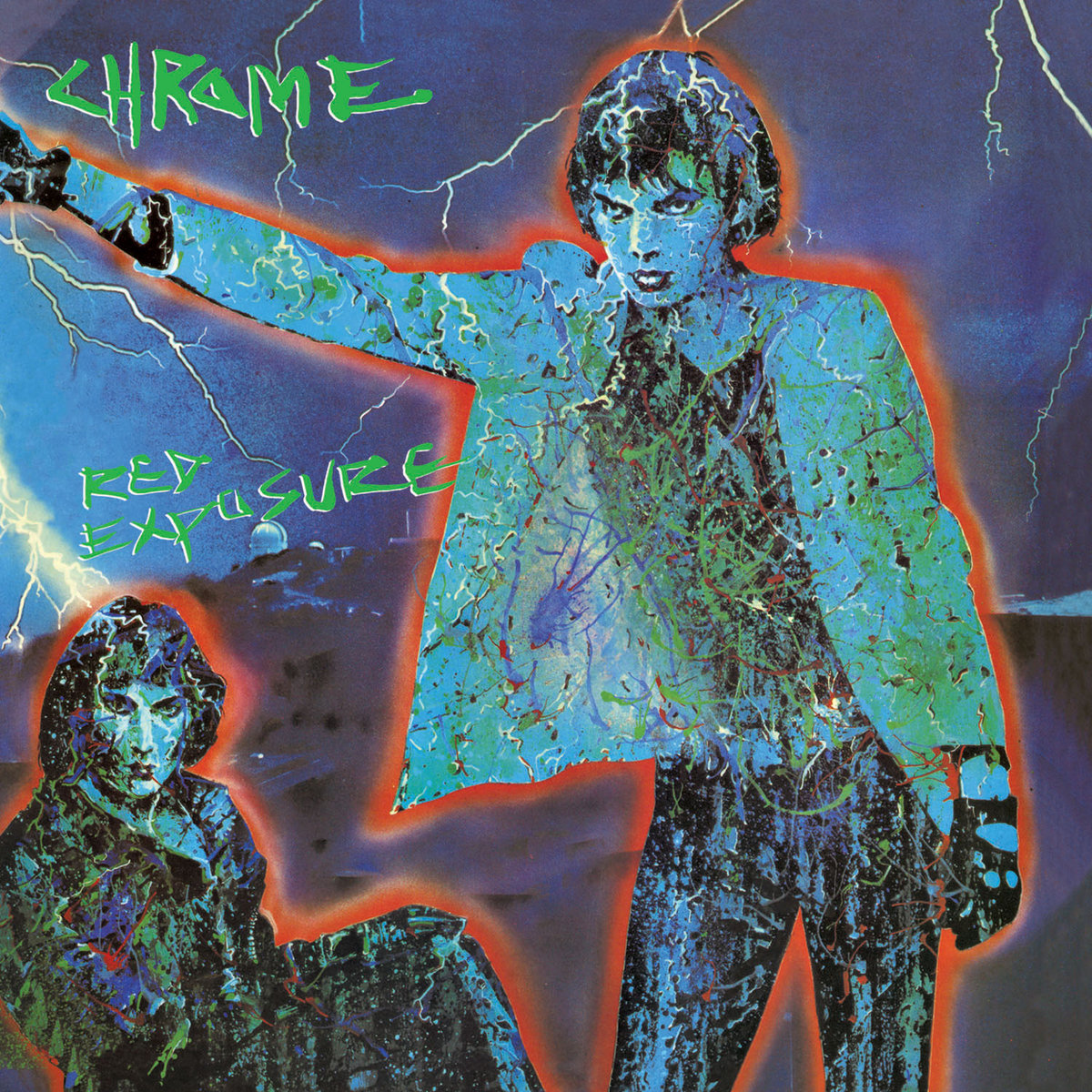 Using the San Francisco studio as an instrument to manipulate their sound, Chrome delivered Red Exposure which helpfully comes with a lyric sheet: Sample, “I've got a big old steel, I've got a Chinese card. I've got a specimen in my backyard,” from New Age.
Using the San Francisco studio as an instrument to manipulate their sound, Chrome delivered Red Exposure which helpfully comes with a lyric sheet: Sample, “I've got a big old steel, I've got a Chinese card. I've got a specimen in my backyard,” from New Age.
Chrome deliver something akin to mutant, light-industrial pop-rock . . . but processed into distortion.
“It's taken me 10 years to develop the tones we use,” said Edge. “It may sound like mud to the average person but it's precise melody to me.”
As with earlier boundary riders like Yoko Ono, Diamanda Galas, Pere Ubu and the Fall, the passage of time and even more diverse and difficult musics down the decades renders Red Exposure more approachable today that it perhaps was when it came out.
I don't imagine it sold that much in New Zealand in 1980, but it is a fascinating document even now.
Not that approachable for many however – we're in the world of uneasy listening – but the kind of album the small cognoscenti would be pleased to have in their collection and pull of the shelf at random – as we did – to consider again.
If it is on your shelf I'd guess you also have a DVD copy of Eraserhead too.
.
You can hear this album at bandcamp here
.
Elsewhere occasionally revisits albums -- classics sometimes, but more often oddities or overlooked albums by major artists -- and you can find a number of them starting here

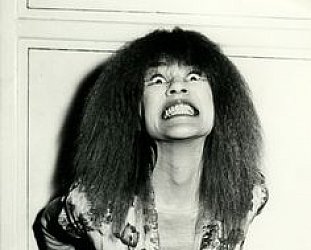
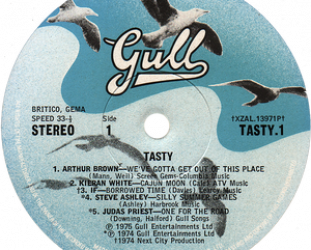

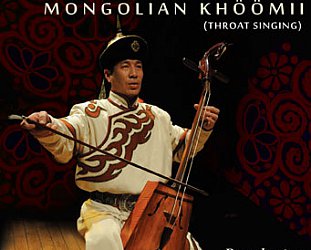
post a comment